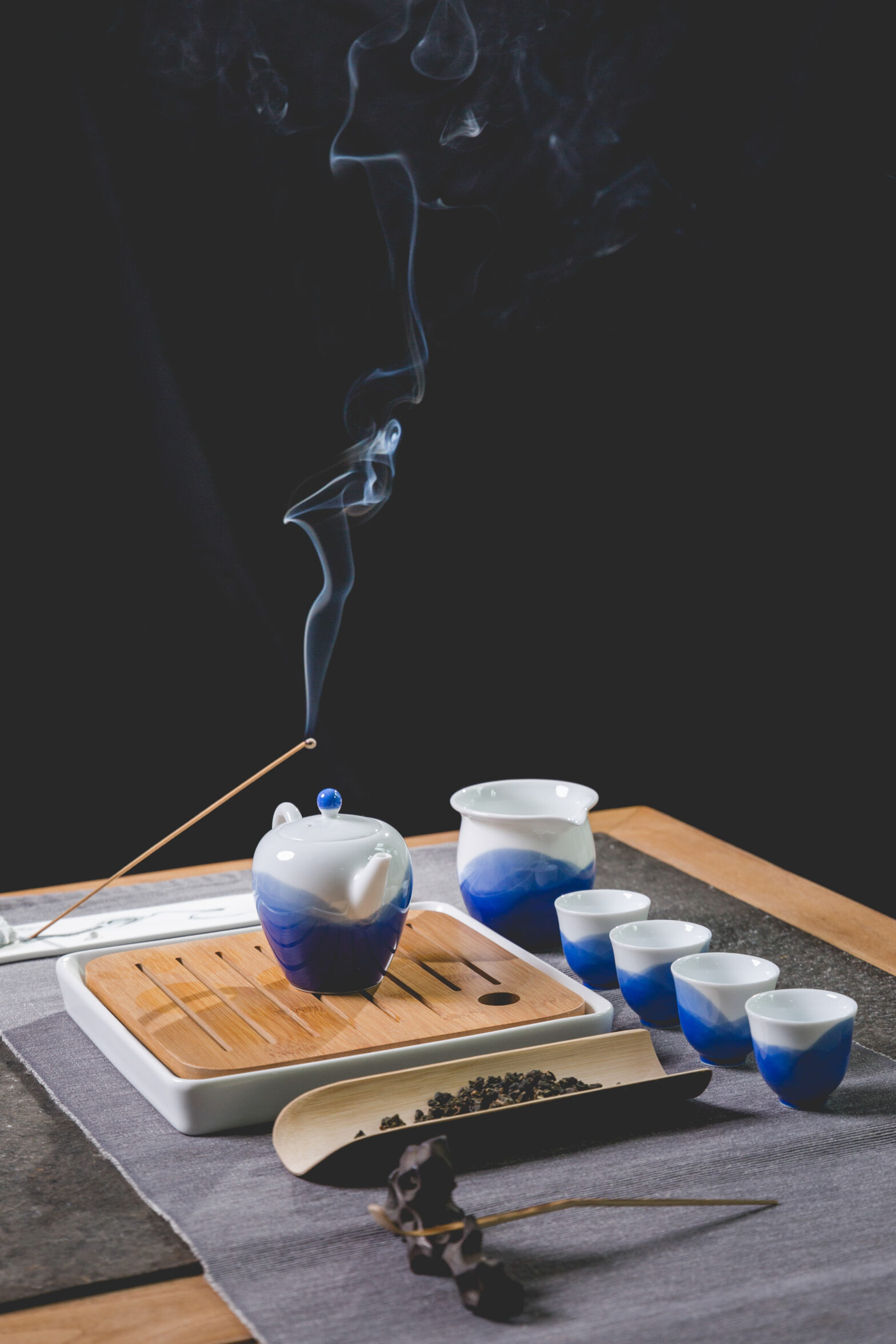
Green tea, a beverage revered for its delicate flavor and health benefits, has played a significant role in various cultures around the world. Originating from China, it has a history that spans thousands of years, influencing not just diets but also traditions and ceremonies. This blog series will explore the journey of green tea from its ancient roots to its modern-day popularity, highlighting its cultural significance across different eras and regions.
1. The Origin: Green Tea in Ancient China
Green tea’s story begins in ancient China, where it was discovered and first cultivated. According to Chinese legend, Emperor Shen Nong stumbled upon the pleasant aroma of tea when leaves from a wild tree blew into his pot of boiling water around 2737 BC. Initially valued for its medicinal qualities, green tea gradually became a staple in daily life. During the Tang Dynasty (618-907 AD), green tea’s popularity soared, and it became an integral part of Chinese society, influencing art, religion, and medicine.
2. The Art of Japanese Tea: Sencha and Matcha
Japan has a unique and profound relationship with green tea, particularly through the famous Japanese tea ceremony, which focuses on the preparation, serving, and drinking of ‘matcha.’ However, it’s not just matcha that holds cultural significance; ‘sencha,’ a type of Japanese green tea, is equally celebrated. The introduction of green tea to Japan in the 9th century by Buddhist monks from China led to the development of these unique tea traditions. The Japanese tea ceremony, with its Zen influences, emphasizes mindfulness, purity, and respect, encapsulating the spiritual and aesthetic aspects of green tea.

3. Green Tea in the West: From Exotic to Mainstream
Green tea was introduced to Europe in the 16th century by Portuguese and Dutch traders. Initially an exotic commodity, it gradually gained popularity, especially for its purported health benefits. In Western cultures, green tea became synonymous with wellness and a healthy lifestyle, diverging from its traditional ceremonial use in Asia. Today, it is a common beverage choice for those seeking a healthier alternative to coffee and other teas.
4. Contemporary Trends: Green Tea’s Global Appeal
In the modern world, green tea has seen a resurgence in popularity, thanks in part to a growing awareness of its health benefits, including antioxidants and potential weight loss properties. Innovative beverages like green tea lattes, iced green teas, and green tea-infused smoothies have become popular globally. This adaptability has allowed green tea to remain a significant player in the ever-evolving world of beverages.
5. Green Tea in Modern Ceremonies and Wellness
Today, green tea maintains its cultural significance, particularly in countries like China and Japan, where traditional tea ceremonies and practices continue. In the wellness and health sectors, green tea is celebrated for its potential to enhance mindfulness and provide a natural, calming energy boost. This blend of ancient tradition and modern health trends ensures green tea’s continued relevance and popularity.

Green tea, with its rich history and cultural diversity, has demonstrated a remarkable ability to adapt and flourish across different cultures. Each society has embraced green tea, infusing it with local traditions and values. As we conclude this series, we recognize green tea not just as a beverage, but as a symbol of tranquility, health, and cultural unity. As we enjoy our next cup of green tea, let’s appreciate the historical journey and cultural richness that brews within.

